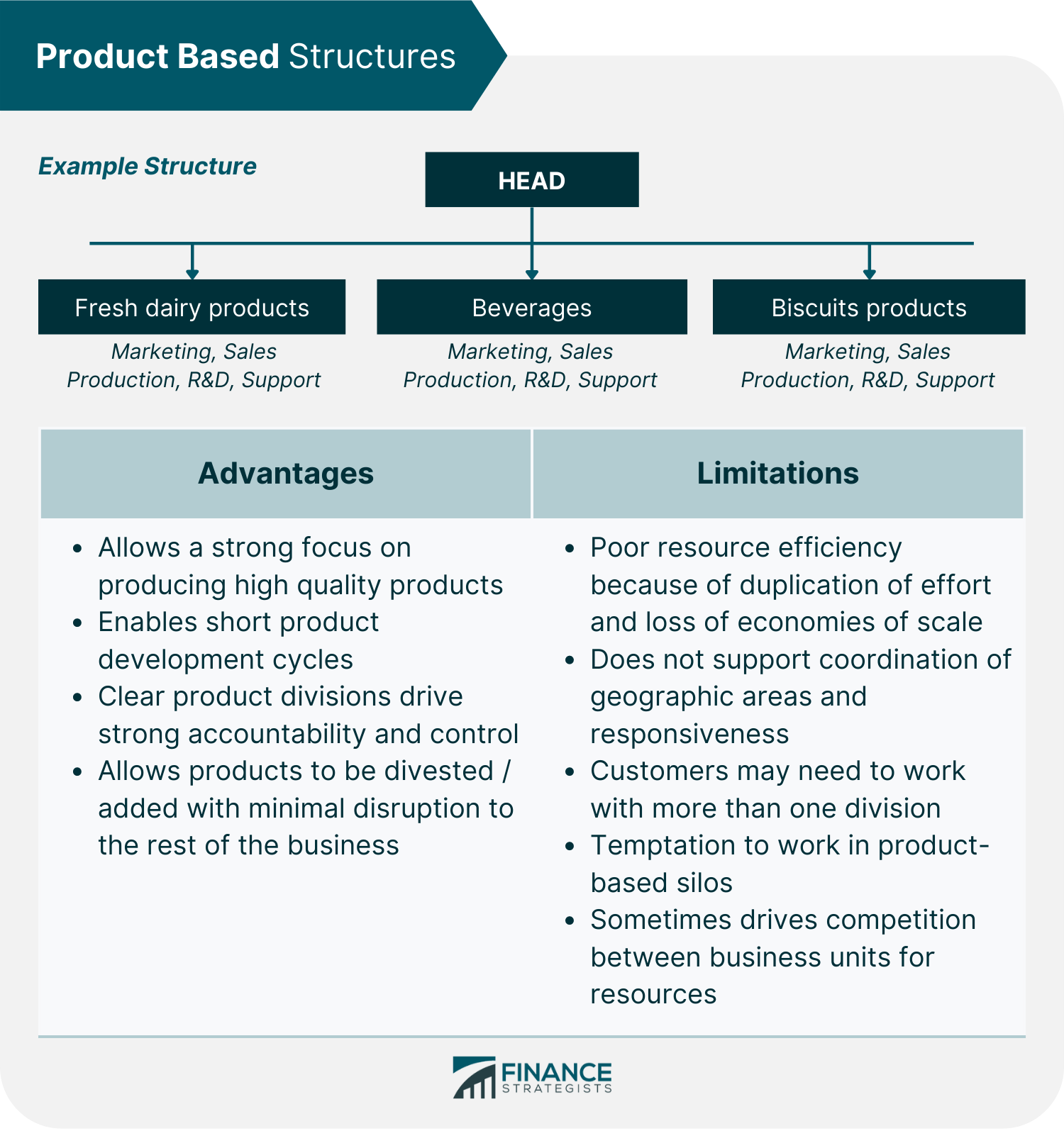The smart Trick of Relational Leadership Essentials That Nobody is Discussing
The smart Trick of Relational Leadership Essentials That Nobody is Discussing
Blog Article
Some Known Factual Statements About Relational Leadership Essentials
Table of ContentsGet This Report about Relational Leadership EssentialsUnknown Facts About Relational Leadership EssentialsThe Definitive Guide for Relational Leadership EssentialsFacts About Relational Leadership Essentials UncoveredThe Ultimate Guide To Relational Leadership EssentialsSee This Report on Relational Leadership Essentials
In order to create standard systems, there (generally) needs to be something to systematize (leadership training). It's pretty tough or stealthily easy to develop systems for a service that has no customers, no services, and no staff members. In the beginning, not only do small business gain from a much less defined structure they do not require oneThe demand for reporting relationships and divisional structure arises as the demand for systems does. When this work is managed by a single individual, there's no need to articulate systems.
It implies creating strategies to sustain your workers and the work environment in their development. Understanding where you desire to go and the results you want to attain in the future will assist you get there.
Our Relational Leadership Essentials Ideas
An organization graph is a graphical representation of the structure of a company. Businesses make use of organizational graphes to clarify their framework to make sure that all workers recognize it. These charts help everyone in the firm understand their tasks, instant supervisors, duties, and responsibility. This write-up reviews the benefits of organizational graphes.

They haven't met everybody on or outside the group. If during a conference, a colleague claims something like, "I've talked to James about A. They're waiting for Craig to do B so that Paul can approve C." The brand-new employee will have numerous inquiries like who are these individuals?
The Ultimate Guide To Relational Leadership Essentials
If the new worker has the business chart, they'll have the ability to get answers to all these concerns. Say you're a new worker, and you can quickly watch view publisher site each name, task title, and reporting link by considering a graphic representation in your company's HR system. Some companies placed contact info on their organizational graphes.
New staff member that recognizes their place in the service and the hierarchy might focus on mastering their duty. When looking for fundamental info such as call details, employees might quickly lose interest about complying with up. On top of that, a company chart isn't just for new workers. It is vital to have a business chart with a function that shows the date of employment and promo history.
Getting The Relational Leadership Essentials To Work
Notably, a matrix business structure needs a different administration style, with both practical and divisional monitoring. A useful supervisor represents the traditional vertical structure based upon division or task feature. Examples of this duty are marketing managers, sales managers, and personnel supervisors. A divisional supervisor, on the other hand, manages a cross-functional group with reps from each department.
A basic matrix framework with useful and divisional supervisors. What is an example of a matrix structure company? A matrix organizational structure focuses on having the best stakeholders functioning on each task, including at the very least one employee with experience in diversity, equity, incorporation, and belonging.
The smart Trick of Relational Leadership Essentials That Nobody is Discussing
In a typical functional structure, communication flows from the top-down. Oftentimes, these communications stay within their own division. It functions, yet various perspectives, stakeholders, or capability might be missing out on from the equation. The cross-functional nature of matrix teams suggests leaders and colleagues can a lot more openly share what they recognize given that everyone has to connect with both useful groups and local groups.

The smart Trick of Relational Leadership Essentials That Nobody is Discussing
Hence, clear functions and obligations are vital.
AGCO, a farming machinery firm, sustains its matrix structure by providing specialized training that emphasizes interaction in between supervisors. Additionally, all supervisors take a training course on the intricacies of the matrix framework (servant-leadership training). This training covers called for monitoring and management skills to aid coordinate decision-making procedures and develop trouble solving abilities.
Either would postpone execution. In addition, the complex nature of a matrix organization implies it could take longer for groups to reach agreement regarding next steps. With details moving openly in between teams, it can be tough to make certain everyone is on the same web page concerning the present state of a task.
Report this page